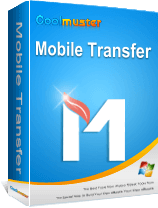
iPhone vs. Android: What's the Difference, and Which One Should You Buy?

The debate between iPhone and Android on which device is best is never ending. Recently, with the launch of iOS 26 and Android 16, the discussion about Android and iPhone has become more heated. While there may never be a definitive winner, we still want to help you find the perfect one for your needs by comparing them.
Although both iOS and Android are exceptional operating systems, they each have unique features that make them different. If you're looking for the best phone out there, it's certain to choose the features you want.
Android or iPhone which is better? Investing in a great phone is an important decision that should be made with knowledge of the various strengths and benefits each platform offers. Here, we'll compare Apple's iPhone vs Android devices in detail.
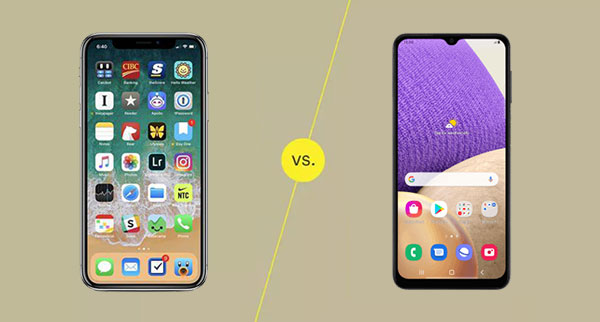
Apple's ecosystem is renowned for its seamless integration. Devices like iPhones, iPads, Macs, Apple Watches, and AirPods work together effortlessly. Features like Handoff, AirDrop, and Universal Clipboard make switching between devices fluid. This closed ecosystem also allows Apple to optimize hardware and software tightly, leading to generally smoother performance and longer software support.
With iOS 26, expect even tighter integration with macOS 26 Tahoe, including new visual designs and shared features. The new "Liquid Glass" design language, with its translucent and adaptive interface, is a prime example of this unified experience across Apple's platforms.
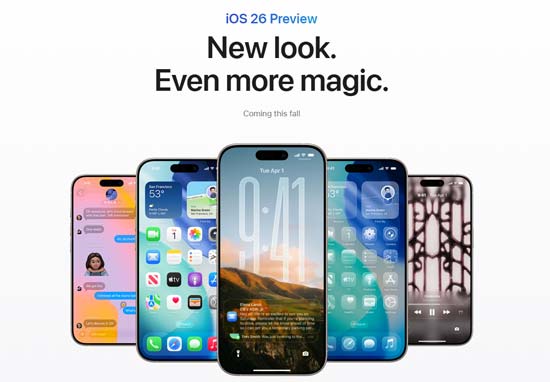
Android is an open-source platform, meaning it's used by numerous manufacturers (Samsung, Google Pixel, OnePlus, Xiaomi, etc.). This leads to a vast array of hardware options, price points, and customization possibilities. However, it can also result in fragmentation, with varying update schedules and user interfaces across different brands.
Android's integration is primarily driven by Google's services (Gmail, Google Maps, Google Drive), which are cross-platform. Android 16 is focusing on enhancing multitasking with features like desktop windowing and custom keyboard shortcuts, aiming to improve productivity, especially on larger screens and foldable devices.
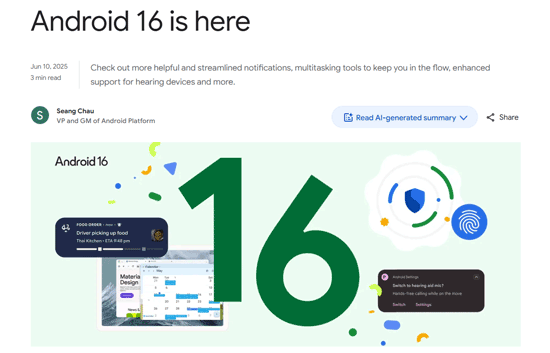
iOS has traditionally favored simplicity and an intuitive, "it just works" approach. The app icons are arranged on a grid, and customization has been more limited compared to Android.
With iOS 26, Apple is introducing a significant "Liquid Glass" design overhaul, bringing shimmery app icons, a translucent interface, and more dynamic visual elements. While still maintaining its signature clean aesthetic, iOS 26 offers new customization options for Lock Screen and Home Screen, and improved widget functionality.
Android is known for its flexibility and customization. Users can personalize their home screens with various launchers, icon packs, widgets, and themes. Notifications are generally more robust and interactive, with more quick-reply options and grouping features.
Android 16 introduces "Notification Cooldown" to prevent notification overload and "Live Updates" for progress-centric notifications (e.g., rideshare tracking). While the initial release of Android 16 might not have the full "Material 3 Expressive" visual redesign, it lays the groundwork for more dynamic and personalized visual experiences.
Apple designs its own A-series chips (e.g., A18 Pro in the upcoming iPhone 17 series), which are meticulously optimized for iOS.
This vertical integration often results in industry-leading single-core performance and impressive efficiency, contributing to smooth multitasking and excellent longevity. iPhones are generally known for maintaining their speed and receiving software updates for 5-6 years.
iPhones are consistently praised for their reliable, high-quality photo and video capabilities, especially for casual users. Apple's computational photography excels at producing consistent and aesthetically pleasing results with minimal effort.
The iPhone 17 series is rumored to have significant camera upgrades, including a 48-megapixel rear camera for the iPhone 17 Air.
Android devices utilize a variety of processors, primarily from Qualcomm (Snapdragon) and Google (Tensor for Pixel phones). While flagship Android phones offer exceptional performance, the experience can vary widely depending on the manufacturer and the specific chip.
The open nature of Android means less direct hardware-software optimization compared to Apple, but competition drives innovation in areas like RAM, display technology, and camera sensors. Android 16 aims to improve adaptive refresh rate support and app adaptability for a smoother overall experience.
Android flagships often push the boundaries with innovative camera hardware (e.g., periscope zoom lenses, larger sensors, high megapixel counts) and offer more manual controls. The quality can vary significantly between brands, with some excelling in specific areas (e.g., zoom, low light).
Android 16 brings camera updates like Hybrid auto-exposure and precise color temperature adjustments, and enhancements for Ultra HDR images.
Apple places a strong emphasis on user privacy and security. iOS is a more closed system, with strict App Store review processes that reduce the risk of malware. Features like Data Protection API, iMessage Contact Key Verification, Security Keys for Apple ID, and Advanced Data Protection for iCloud enhance user data security.
iOS 26 further strengthens privacy with features like Call and Message Screening, and on-device machine learning for Face ID and Siri, keeping data local.
Android has made significant strides in security, with features like Google Play Protect and Advanced Protection Mode. However, due to its open nature and the diversity of devices and manufacturers, the security landscape can be more varied. Users need to be more cautious about installing apps from unofficial sources.
Android 16 introduces enhancements like "Identity Check" (requiring biometrics outside trusted locations) and "Theft Detection Lock" for improved device safety.
Due to Apple's stringent developer guidelines and often higher user spending, iOS typically receives new apps and game updates first, and the overall app quality can feel more polished and optimized.
The Google Play Store boasts a larger number of apps, but the quality can be more inconsistent. However, Android's openness allows for more diverse app functionalities and sideloading options.
iPhones generally command a premium price, but they also tend to hold their resale value better and receive longer software support, extending their usable lifespan.
Android offers a wider range of price points, from budget-friendly devices to ultra-premium flagships and foldables. This allows consumers to find a phone that fits their budget. However, budget Android phones may have shorter software support cycles.
Q1. Which is better, Apple or Android?
It depends on your personal needs. Choose an iPhone if:
Consider an Android if:
Q2. What can you do on Android that you cannot do on iPhone?
Android phones provide many innovative options that iPhones can't, such as creating an exclusive guest mode profile to effortlessly and securely share your device with others. You also can access apps through widgets without launching them, but it also allows you to increase your storage with an SD card.
Have you narrowed down your options to either an Android or iPhone? No matter what device you eventually choose, it's critical that you understand how to transfer data between the two. Fortunately, there is software like Coolmuster Mobile Transfer that makes the process of transferring information from one platform to another incredibly easy.
Mobile Transfer can transfer data from iOS to Android and vice versa, regardless of their carrier or manufacturer. This tool is invaluable for anyone who needs to move files from one phone to another. You can seamlessly transfer text messages, contacts, photos, music, videos, and even call history, whether the data is in your internal memory or an external SD card.
It is very easy to use, and not risky at all. Moreover, it's widely compatible with thousands of Android and iOS devices and works on Mac and Windows computers.
How Coolmuster Mobile Transfer can help:
Check the steps to transfer data between iPhone and Android easily via Mobile Transfer:
01 Download and install the software on the computer. After that, launch it, and connect your Android and iPhone to your PC using USB cables.
02 After connecting successfully, the devices will be recognized by the software and displayed on the screen in the "Source" and "Destination" locations. Make sure the phones are in their right locations. The phone you want to send data to should be in the Destination place and the other one in the Source place. If they are not, tap on the "Flip" button.
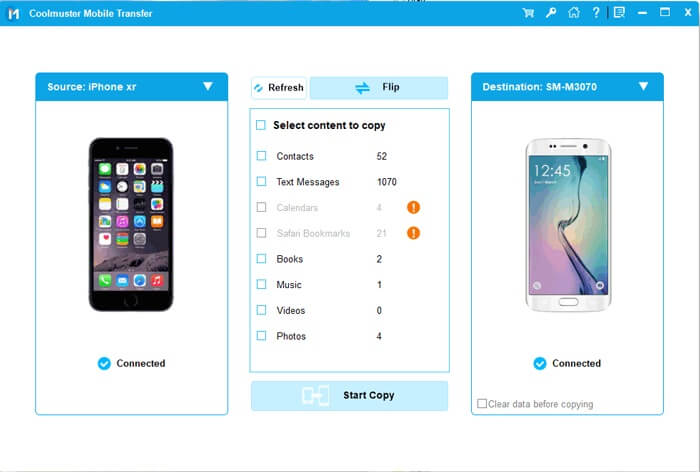
03 You can transfer videos, music, photos, contacts, call logs, SMS, etc., from your source device. After choosing the files, tap the "Start Copy" button.
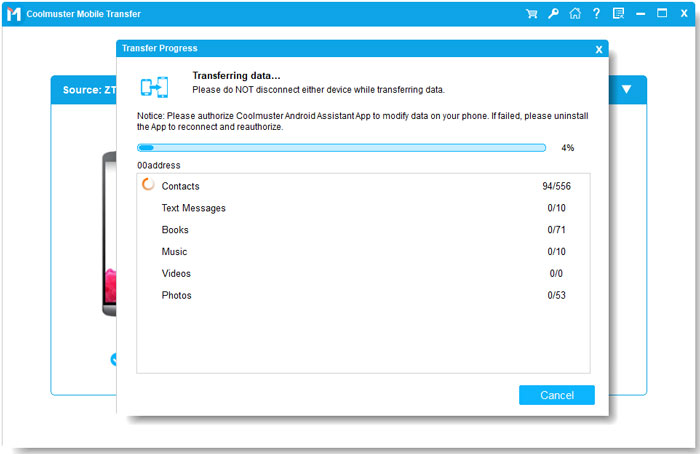
With a huge selection of currently available smartphones, it is often difficult to determine which one will suit you. To make your decision easier, we have discussed the two major options: iPhone and Android. We've analyzed their hardware and software capabilities, hardware, security, and more to help you choose the perfect device that meets your requirements.
After deciding which device to switch to, Coolmuster Mobile Transfer is here to help you transfer files between an iPhone and an Android. It is easy to use and allows users to transfer almost all data. This versatile tool allows you to easily copy the data from your old phone to the new one. You no longer have to worry about losing important memories or data when switching phones; Mobile Transfer is here for your transfer needs!
Related Articles:
Which Is the Best Phone Transfer Software for Android & iOS in 2025?
Top 12 AirDrop Alternatives for Windows - Share Files Seamlessly
